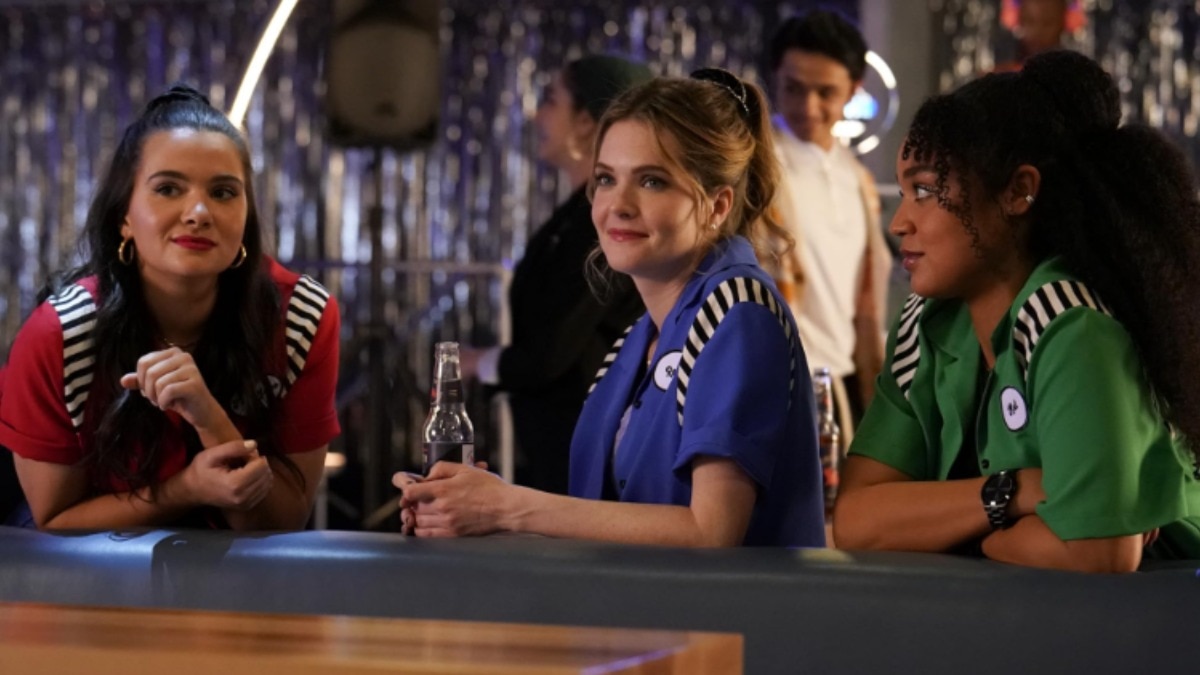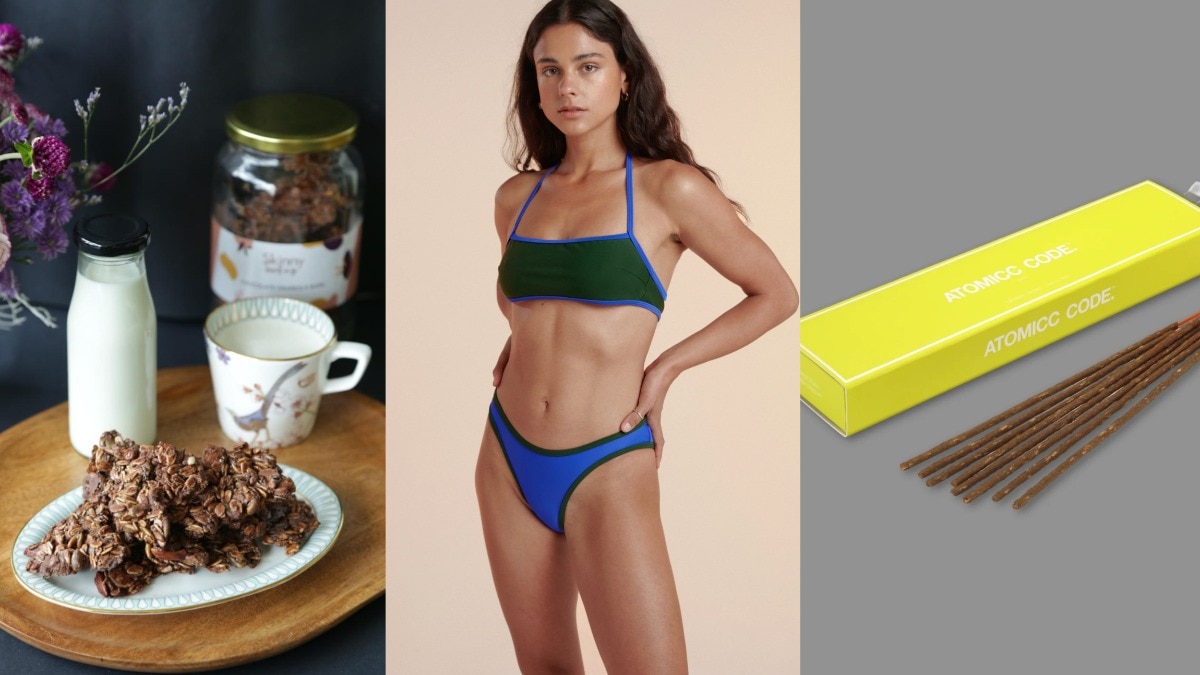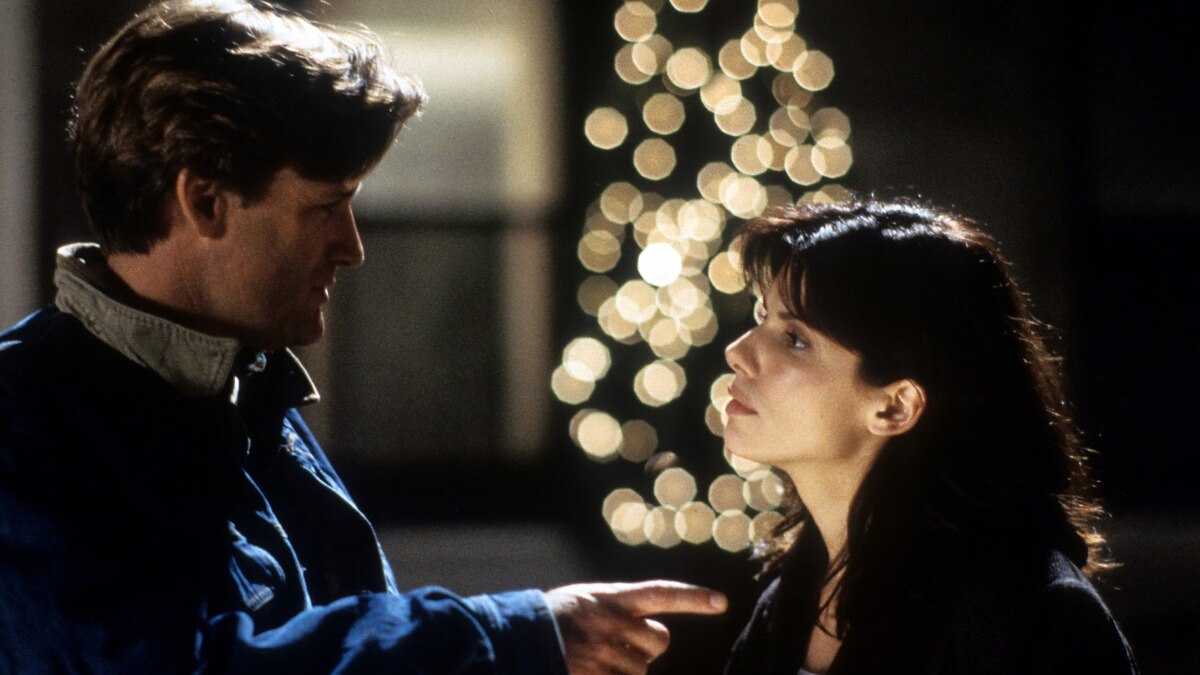In a filtered and AI-enchanced world, how do you find beauty that endures?
A look at today's complex, highly digititised world, in search of truth in beauty.


Around the new year, everyone’s face changed—not in real life but on the glowing screens of social media. Friends replaced their usually sober, realistic profile photos with sleek cartoon avatars of AI portraits. Suddenly, everyone wanted to look like they’d been subsumed by a video game. People who I did not think particularly cared about the face they presented on social media posted endless carousels of themselves as fairy queens and dragon slayers and mistresses of a vague martial art. AI facemorphing capabilities continued apace; months later, TikTok released its Bold Glamour filter, a revelation that subtly widens one’s eyes, thins one’s nose, plumps one’s lips, and smooths one’s skin. The marvel is that this new hybrid face moves in real time on your screen, the sleight of hand nearly undetectable.
I’m a Luddite by nature, always drawn to the past. I grew up in the age of digital music, but for many years I thought that the most beautiful object in my home was a reel-to-reel tape machine I’d found abandoned outside a brownstone in Park Slope, Brooklyn. So I am, predictably, unimpressed by the kind of beauty AI makes possible, pulling from the sheer number of images on the internet and bringing them all together to create a new likeness in response to whatever prompts you feed it. But AI can exist only on what has come before it. It’s less a spontaneous act of creation and more a curation of a vast archive. I find archives beautiful, but what excites me about art is the moment when you come across something that you didn’t know was possible, something that feels entirely new, only tenuously tethered to our world but offering a glimpse of another one you didn’t even know yet to yearn for. Isn’t beauty when we see something we have not considered previously?
Isn’t the thing that makes something beautiful the unexpected, not the familiar sum of parts of everything we’ve witnessed? If this were truly the next revolution in art, what would it mean for what we will consider beautiful in the future? What if beauty stopped meaning the unexpected and became trapped in the spiral of everything that had come before—a self-referential feedback loop where nothing original could break through? Just as I began to despair, I started reading Amanda Vaill’s Everybody Was So Young, about the lives of Gerald and Sara Murphy. The Murphys were the American couple in 1920s France that inspired F. Scott Fitzgerald’s Tender Is the Night. They lived a life full of extravagant beauty. Sara was famous for wearing her pearls twisted down her back on the beaches of the French Riviera, a sight so arresting that it made its way into both the Fitzgerald novel and a number of Picasso’s paintings. Gerald spent most of his life in search of beauty; in 1921, he moved his young family to Paris, where he and Sara trained with the artists who would come to define the 20th century. Vaill describes Gerald and Sara studying in Paris under the direction of the cubist and futurist painter Natalia Goncharova: “Goncharova’s one rule was that her students could commit nothing to canvas that resembled in any way anything they had ever seen...For Gerald this ... was a liberation.”
Gerald and Sara Murphy and the artists they cavorted within the 1920s were living in another great technological revolution, when the camera, producing photographs and moving images, was finally revealing its true power. But those artists were more optimistic than I am. Faced with a technological change, they saw it as freedom to allow their eye to seek beauty in new places, in things that broke entirely from the past.
And perhaps there is something to be said for being challenged to find beauty. A few days after reading that passage about the Murphys, I was traveling home from a holiday with my daughter. We’d left our hotel at 1:30 in the morning, been on and off planes for the last eight hours. I remember looking up at the scaffolding surrounding the exit from baggage claim and thinking what a uniquely ugly airport we had flown into. I was tired of shepherding a toddler through airports; while waiting for our cab, I snapped at her. In the car, I apologised, ready to be made to feel guilty as only toddlers know how to do. But instead she said, “Look” and pointed out the window. “The sunlight is so beautiful.” And, indeed, the light was falling through the steel beams in glowing golden shafts. It was a thing of beauty as direct and challenging as one of Gerald Murphy’s paintings of the inner workings of a stopwatch. Beauty is a wild enough state to resist automation or anything as fixed as an algorithm. I need to learn to trust it.
The lead image is taken from Julian van Dieken's Instagram.
This article first appeared in Harper's Bazaar US in May 2023.










